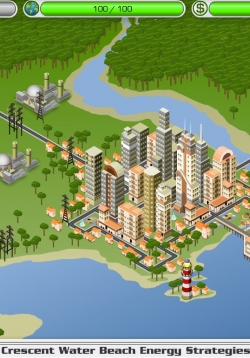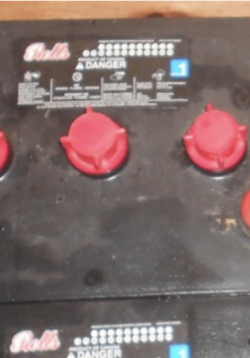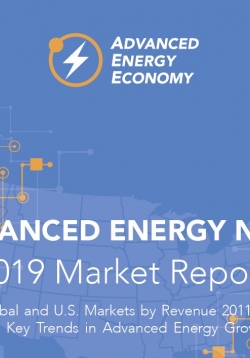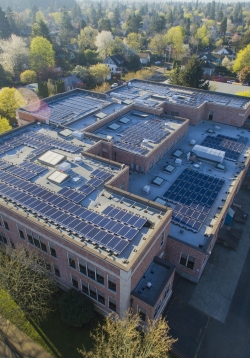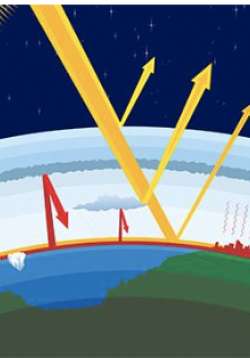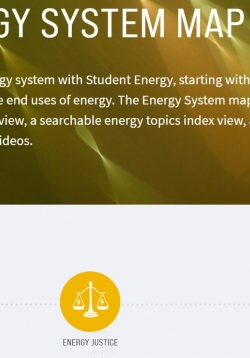
An amazing resource focused on providing students with a wealth of resources-videos, articles, and other reosurces-focused on a huge variety of applied energy topics. This is an amazing go-to resource for startingto explore enegry, or going deeper into applied energy issues. It is also an opportunity to engage students more deeply in energy advocacy.

